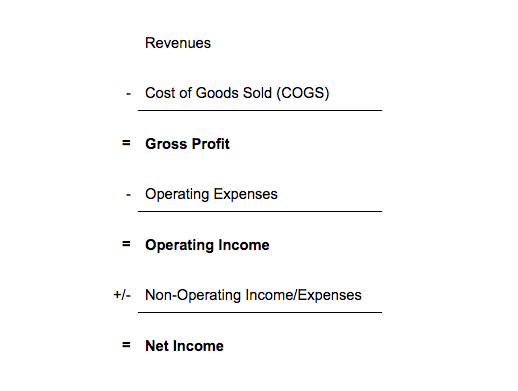

Administrative costs: Registrar and transfer fees, custodian charges, legal and audit fees, administration expenses, advertising and marketing fees, and so on are all part of the cost of running a mutual fund.As a result, a fund house must pay its managers for their experience.

The mutual fund’s revenue and returns are typically determined by the fund manager’s strategy and decision-making ability. Management fees: The performance of a mutual fund is inextricably linked to the fund management.Three major costs add up to TER for mutual funds. However, in most cases, the change in total expense ratio is quite small such as a change of around 0.01% and such small changes can occur quite frequently. The net expense ratio (TER) is also known as the after-reimbursement expense ratio. When a fund’s TER falls, investors are happy because their returns rise, however, an increase in TER might make investors feel tricked since their returns fall.

The overall cost of the fund is divided by the total assets of the fund to get the TER, which is expressed as a percentage. An asset’s net resource esteem is accounted for solely after deducting these costs consistently. It will regularly differ to some degree from one year to another. The TER, determined by partitioning the complete yearly expense by the asset’s absolute resources found the middle value of over that year, is signified as a rate. Management fees and other operational charges, such as trading fees, legal fees, auditor fees, and other operational expenses, make up the majority of these costs. The total expense ratio (TER), commonly referred to as the “ net expense ratio” or “ after reimbursement expense ratio,” is a calculation of a fund’s overall cost to an investor.


 0 kommentar(er)
0 kommentar(er)
